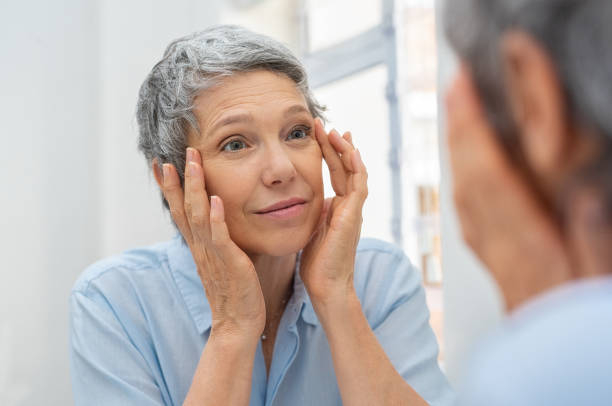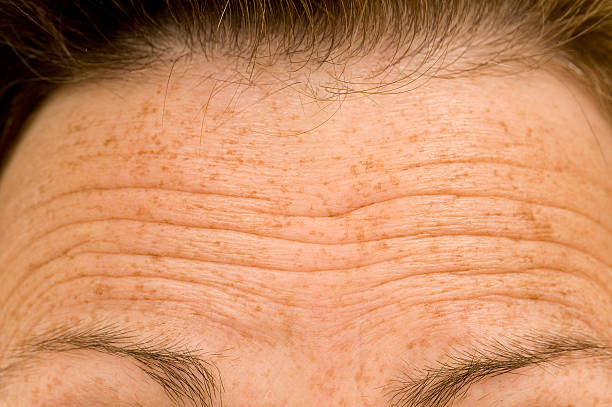Why do people get wrinkles and gray hair as they get older?

People's bodies change in various ways as they age, affecting how their cells and organ systems work. These changes happen gradually, evolve over time, and are unique to each man and woman. We all lose height as we age, and by the age of 80, our height may have dropped by two inches (five centimeters). Modifications in posture, vertebral development, and joint changes all contribute to our loss of height. Hair follicles generate less melanin, the pigment that gives hair its color, as we age. Hair lightens, grays, and finally whitens. The nails also alter with age, becoming slower to grow, dull and brittle, and yellowed and opaque.
The outer skin layer (epidermis) thins with age, and the number of pigment-containing cells (called melanocytes) diminishes, while the size of the remaining melanocytes increases. As a result, aging skin appears thinner, paler, and more transparent. Changes in connective tissue weaken the strength and suppleness of the skin, resulting in wrinkled, leathery skin.










